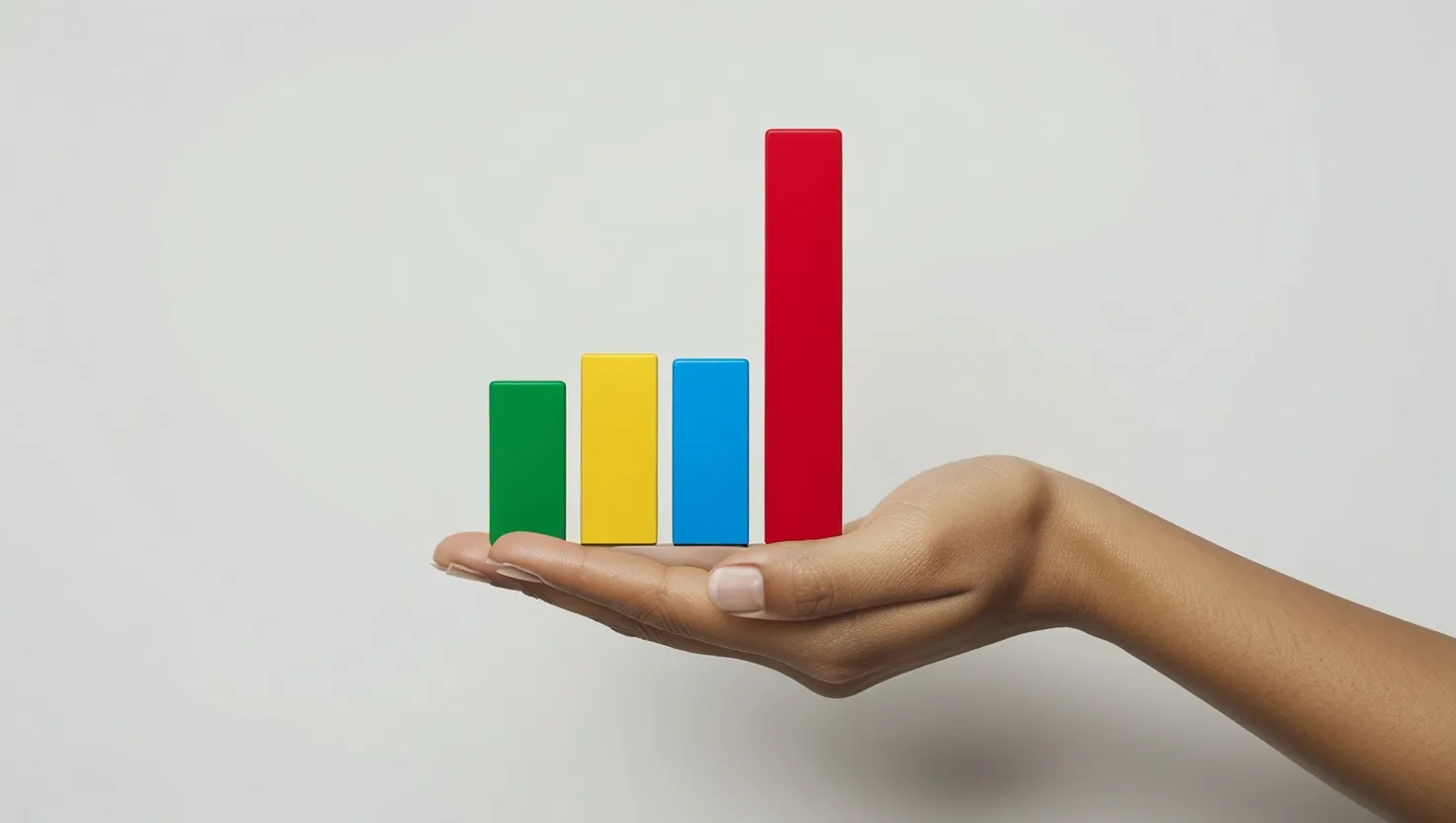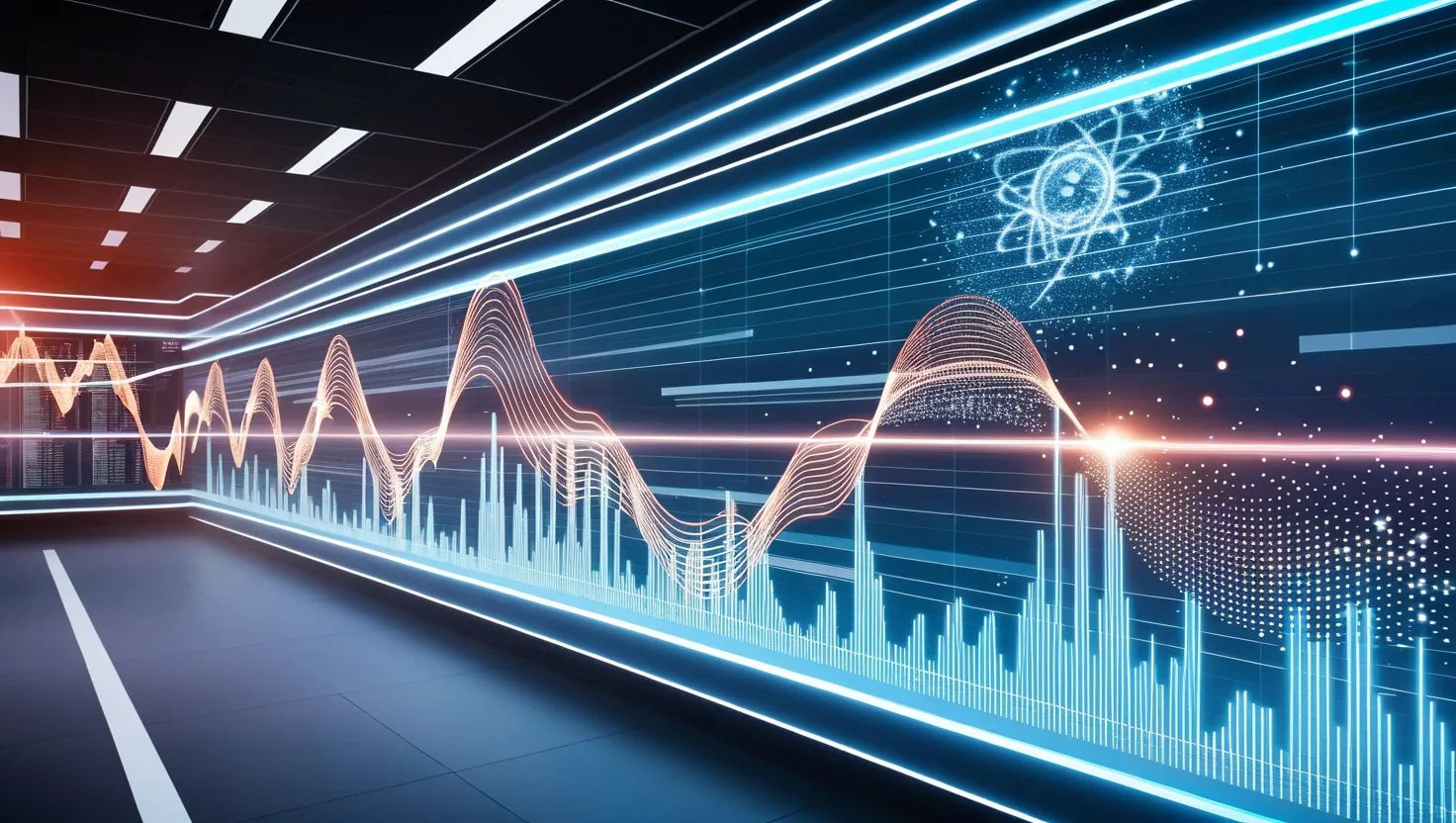Planning for healthcare costs in retirement is like navigating a financial jungle. You never really know what’s lurking around the corner. The expenses can surprise you, and they’re often one of the priciest and least predictable aspects of retired life. Getting a handle on these costs early can make your retirement that much sweeter and less stressful.
One look at the figures and it’s clear why planning is key. A 65-year-old couple might need up to $383,000 in savings just for healthcare, which includes everything from insurance premiums and prescriptions to out-of-pocket costs. That’s a hefty sum, underscoring the need for proactive measures.
So, what’s a good way to start? Health Savings Accounts, or HSAs, are a solid option. If you’re enrolled in a high-deductible health plan, you can open an HSA. These accounts offer a sweet deal: tax-deductible contributions, tax-free growth, and tax-free withdrawals for qualified medical expenses. It’s a triple tax benefit, and it’s hard to beat.
For 2024, the contribution limits are quite generous. You can stash away up to $4,150 if you’re flying solo or $8,300 for family plans. Over 55? You get to throw in another $1,000 as a catch-up contribution. These funds can cover a wide range of expenses, from Medicare premiums to long-term care insurance, making HSAs a really versatile tool.
Medicare plays a big part in your healthcare in retirement, but it doesn’t pick up the entire tab. And timing matters—a lot. Signing up at the right time ensures you avoid penalties and have continuous coverage. Retire before 65, and you’ll have to bridge the gap with your own health insurance until Medicare steps in.
Income in retirement isn’t just about how much you have; it’s about how much it affects what you pay for healthcare. Higher incomes can mean higher Medicare premiums. To keep those costs down, think about strategies to reduce your modified adjusted gross income. Things like converting traditional IRAs to Roth IRAs or delaying Social Security benefits can help.
Long-term care costs are another biggie. A stint in a nursing home doesn’t come cheap—almost $108,405 a year for a private room, on average. Long-term care insurance can be a lifesaver here, and it’s usually more cost-effective to buy it in your 50s or early 60s. Plus, those premiums might be tax deductible if your medical expenses cross a certain threshold.
Don’t forget about the everyday medical costs, either. Prescription drugs, routine visits—they all add up. Medicare and other insurance plans don’t always cover everything, so make sure these are part of your retirement budget.
Speaking of budgeting, healthcare should be a steady line item in your annual financial planning, not just an afterthought. Think of it more as an annual expense than a lifetime lump sum to make it manageable.
Several things can influence what you’ll spend on healthcare in retirement. Your health status, the type of Medicare plan you choose, any employer subsidies you might lose, your age at retirement, and where you live can all make a big difference. If you retire before 65, there’s that gap to cover before Medicare kicks in. And if you’re in a high-cost area, your expenses will naturally be higher.
You’ve got other financial tools at your disposal, too. Catch-up contributions to your 401(k) or IRA can help fill any savings gaps, especially if you’re 50 or older. This can really bolster your financial health going into retirement.
Dental and vision care often get left out of the conversation but can really hit your wallet hard. Medicare doesn’t usually cover these, so standalone dental and vision insurance plans might be worth considering. They can help cover those pricey procedures like crowns, root canals, and eye exams.
To get this plan rolling, start early. The sooner you start planning for these costs, the better off you’ll be, mentally and financially. Are you in your 50s or early 60s? Now’s the time to look at long-term care insurance and load up those HSAs.
Assess your current health, which can give you a clearer picture of future needs and costs. Choosing the right Medicare plan is crucial; different plans offer different levels of coverage, so pick one that fits both your health needs and budget.
If you’re counting on employer subsidies now, remember they might not be there in retirement. You’ll need to budget for that change. And lastly, where you retire matters—a lot. Healthcare costs vary widely by location, so factor that into your plans.
By wrapping your arms around these factors and making the most of your financial tools, you can make sure healthcare costs don’t rob you of your nest egg. Solid planning lets you kick back and enjoy those golden years without the shadow of unexpected medical bills hanging over you.






